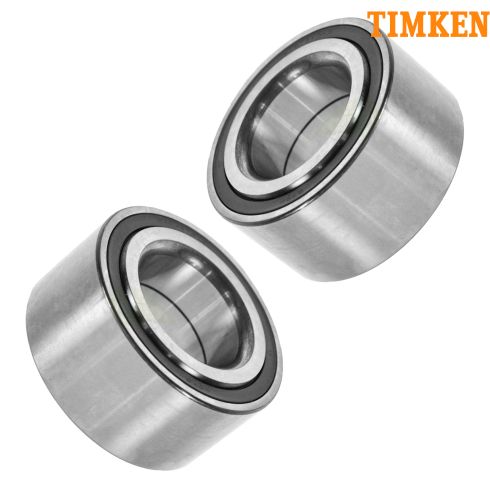TKSHS00397-Honda Acura Front Driver & Passenger Side 2 Piece Wheel Bearing Set Timken TKSHS00397

Replaces
1999 Acura Integra Front Driver & Passenger Side 2 Piece Wheel Bearing Set Timken TKSHS00397

Product Reviews
Loading reviews
There are no reviews for this item.
Customer Q&A
No questions have been asked about this item.
Acura is a registered trademark of Honda Motor Co., Ltd.. 1A Auto is not affiliated with or sponsored by Acura or Honda Motor Co., Ltd..
See all trademarks.








